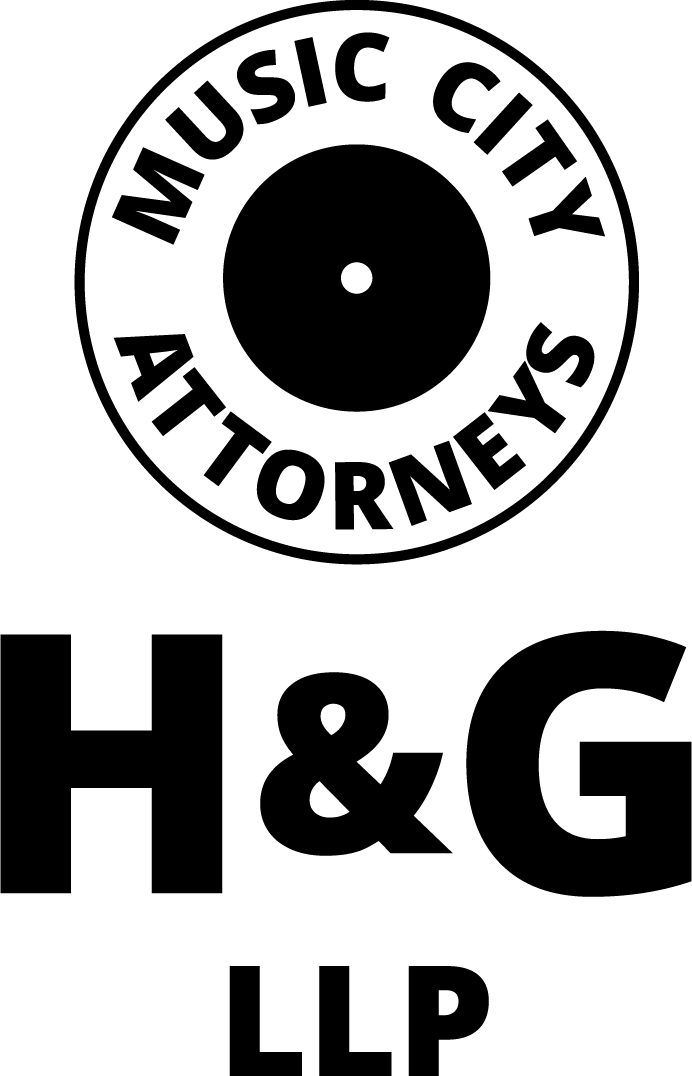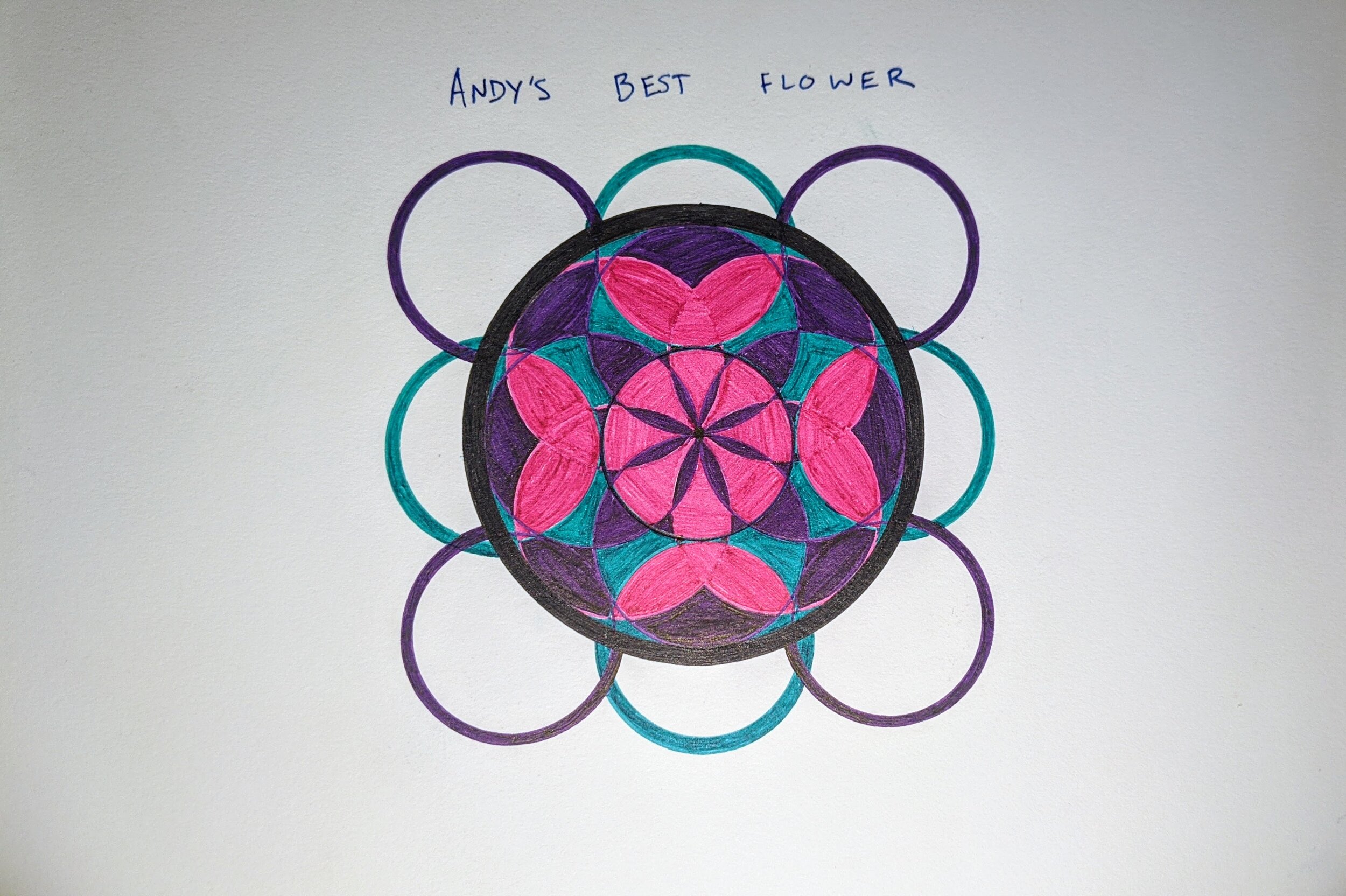Intellectual Property Basics: What is Fair Use?
Be sure to check out our previous blog post on Copyright to learn some of the basics before you dive into this post!
One of the most common misconceptions among content creators is that Fair Use is a right granted to them. However, Fair Use is actually a defense that you would use if you were sued for copyright infringement. Of course, while it is a defense, you can always mitigate the possibility of infringement by adhering to certain guidelines.
The best place to start is with the definition of Fair Use, and then we will break it down bit by bit.
“…the fair use of a copyrighted work, including such use by reproduction in copies or phonorecords or by any other means specified by that section, for purposes such as criticism, comment, news reporting, teaching (including multiple copies for classroom use), scholarship, or research, is not an infringement of copyright. In determining whether the use made of a work in any particular case is a fair use the factors to be considered shall include—
(1) the purpose and character of the use, including whether such use is of a commercial nature or is for nonprofit educational purposes;
(2) the nature of the copyrighted work;
(3) the amount and substantiality of the portion used in relation to the copyrighted work as a whole; and
(4) the effect of the use upon the potential market for or value of the copyrighted work.
By the way, the best place to start with understanding any law is to read the law itself first. Understanding the definition of a legal concept will often require a lot of research of other terms within that definition. Try not to get overwhelmed; take it step by step. I am going to keep it as simple as I can.
“the fair use of a copyrighted work”
Okay, but what is a copyrighted work? A copyright exists in a work as soon as I put pen to paper, voice to record, etc. For example, if I draw a flower on a piece of paper, a copyright now exists. However, in order to be afforded all of the protection of a copyright, you should register your copyright with the United States Copyright Office.
“including such use by reproduction in copies or phonorecords”
Reproduction is one of the six exclusive rights that a copyright owner holds. Remember that blog I talked about at the beginning of this post? It talks about the six exclusive rights, go read it for real this time! Generally, only the copyright owner and those whom the copyright owner has given permission to has the right to reproduce copies of the work. For example, anyone reading this blog may reproduce my beautiful flower drawing (okay it was my second not so great attempt) at the top of this post for any reasons whatsoever. However, if I had not given you permission to use it and then you made copies and sold them to your neighbor, you would be infringing on my copyright. Keep in mind that simply acknowledging the source of the copied material does not absolve you of liability for infringement!
“for purposes such as criticism, comment, news reporting, teaching (including multiple copies for classroom use), scholarship, or research, is not an infringement of copyright.”
This is where things start to get a bit more dense. What constitutes criticism, comment, news reporting, etc.? If you took the image of the flower above and dragged me on Twitter because it sucks, does that count? The answer is one of my law professor’s favorites: “It depends.”
“In determining whether the use made of a work in any particular case is a fair use the factors to be considered shall include—”
The most important thing to note here is that the determination of whether or not something constitutes a fair use is based upon a weighing of factors as opposed to a meeting of specific elements. For example, in order to convict for first degree murder, a fact finder (judge or jury) must determine whether or not the charged individual met all three of the specific elements (willfulness, deliberation, and premeditation) as opposed to just meeting one or two out of three. When a fact finder is weighing different factors, not all of the factors must be met in order to convict, they must simply outweigh the factors that go against conviction (this is why we have those cool scales of justice plastered on everything law related, should I get a scales of justice tattoo? Tweet at me and let me know). One more thing to note, the court must consider these four factors, but can also consider other factors not enumerated in the statute. Alright, let’s dive into the factors!
“(1) the purpose and character of the use, including whether such use is of a commercial nature or is for nonprofit educational purposes;”
For this factor, courts generally focus on whether the new use of the copyrighted work is “transformative” or not. The more transformative the use of the work is, the less likely it is to be infringing. The theory here is that if you have transformed the work so much, then there is much less likelihood that the it will interfere with the intent the copyright owner had for the work. Courts also look at the commercial value of the work because ultimately, they do not want the potential infringing party to be profiting off of something that they should have paid the original author of the work to use.
“(2) the nature of the copyrighted work;”
This factor generally has the least amount of impact on the courts’ decision, but must be weighed among the rest nonetheless. This factor focuses on the original work as opposed to the new work. The more original and creative a work is, the more protection it will have. For example, a drawing of a rose would receive less protection than a drawing of a space rose entangled in a game of tug of war between two alien creatures. Creativity is rewarded by copyright law.
“(3) the amount and substantiality of the portion used in relation to the copyrighted work as a whole;”
How much of the original work are you using? Did you use more than you needed to? These are the types of questions a fact finder is going to ask. Pretend that the picture of my flower drawing is actually a video of my flower morphing colors and changing shapes for this example. Let’s also say that I sang a song over the video and in total the video was five minutes long. Once again, you have decided to drag me on Twitter for my pathetic attempt at singing. You create your own video critiquing my video where you show a brief clip of it and talk over the video. You speak to the fact that I cannot keep a tune and have clearly never taken vocal lessons. This is likely going to constitute a fair use because you only used a small portion of my video in order to conjure up the original work (my video) in the mind of your Twitter followers. However, if you simply ripped my clip and posted all five minutes of it into your video then added 10 seconds of you saying, “THIS GUY IS TRASH,” then it is more likely that you have infringed upon my copyrighted work. However, keep in mind that even this could still be considered fair use in the eyes of certain fact finders! This is why fair use is so tricky and expensive to litigate. A good rule of thumb is that the more of the original work that you make use of the more likely it is to be infringing.
“(4) the effect of the use upon the potential market for or value of the copyrighted work.”
This is the most important factor yet. Money (the market) is always going to be important. The courts often ask these types of questions: What is the market for the original work and the market for the new work? What impact will this reproduction have on that market and any potential markets? For example, think back to my original video vs. your 10 second addition to my video. Are people still going to want to watch my video if they saw the entire thing on your video? Not likely, so that factor would weigh against you.
Final Thoughts
Before you decide to use the work of another, consider first asking them for permission to use the work, they might say yes! If they say no, take your new use of their work through those factors and see what you think. Better yet, have an attorney take your new use through those factors and have them tell you what you should do!
Contact us today if you would like talk more about Fair Use.
See our blog for other interesting topics.
*The material and information in this blog is for general informational purposes only. In no way is this information to be construed as legal advice for a particular situation.*

